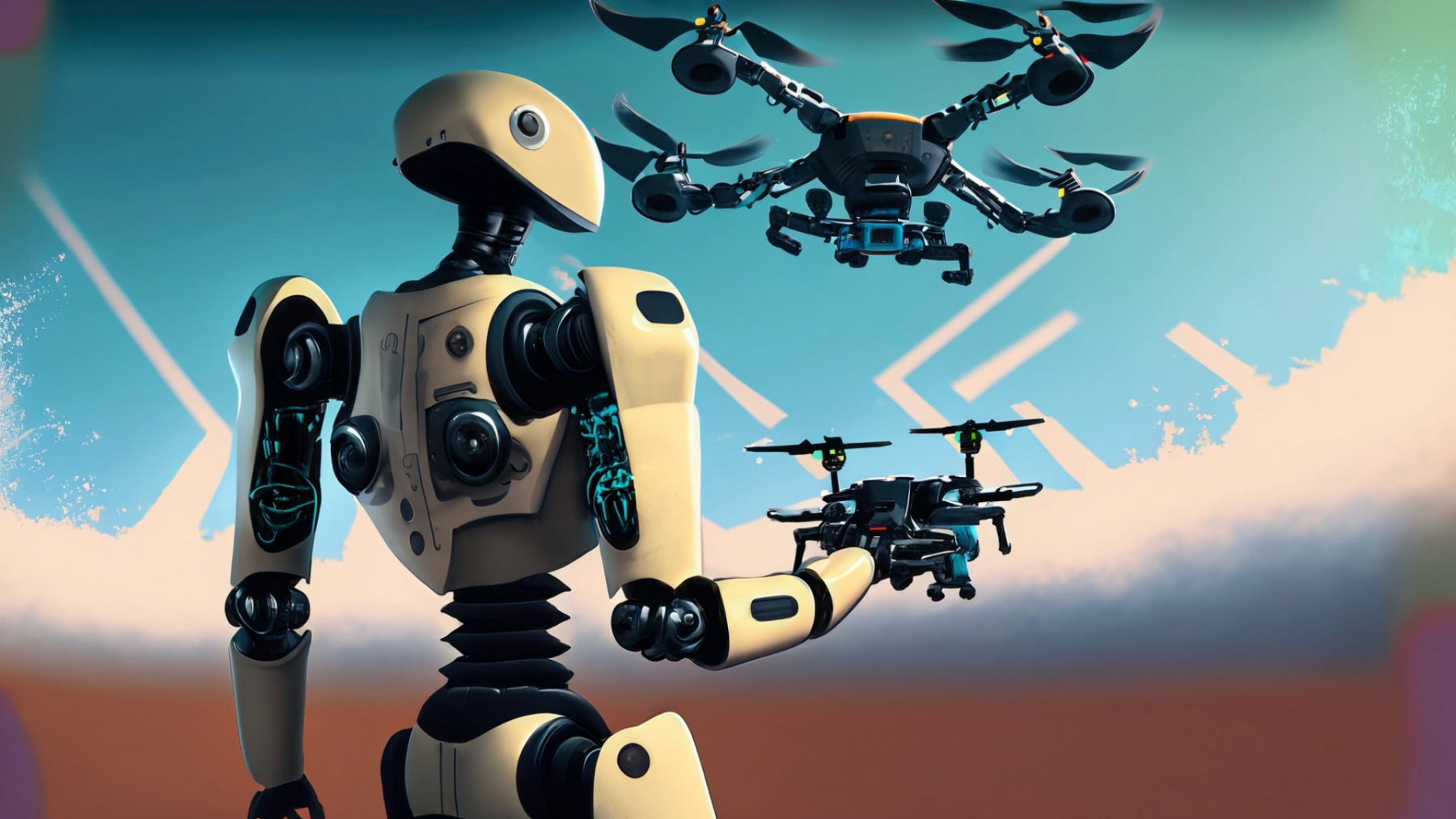
Coding a Drone to Fly on Mars: Three More Complex Missions! (2 of 2)
by Rob Lynch
On the second day students use more complex coding, the built in camera for taking pictures and experience FPV. It has 3 missions total in this lesson. This lesson also uses yaw to keep the camera facing towards objects.
Lesson Plan Link/URL
https://docs.google.com/presentation/d/17Zjoe1MfpC1bnOcSXnc1mA0zpbeYReNw/edit?u…Subject Area
Science Physical Science P2: Objects at a Distance P3: Net Force Technology 1. Empowered Learner 3. Knowledge Constructor 4. Innovative Designer 5. Computational Thinker Engineering S2: Apply the Engineering Design Process Mathematics Measurement and Data (MD)
Featured
Off
Related Content

Grades:
5th Grade, 6th Grade, 7th Grade, 8th Grade
Students will use the materials provided to engineer a vehicle that is powered by a robot and deliver a treat to a chosen location. Students will use the robots you have. I use Sphero and Edison

Grades:
5th Grade, 6th Grade, 7th Grade, 8th Grade
This week-long experience teaches students about the computer science and robotics behind NASA's Mars Rover program using Ozobots as Mars Rovers. Students will first build background on the history of

Grades:
6th Grade, 7th Grade, 8th Grade
This lesson is modeled after STEMAzing's lesson, "Picture Perfect Rover Cell Phone Holder”. Students will build a cell phone holder for their Edison Bot, plan a drive for the Bot to collect photos or